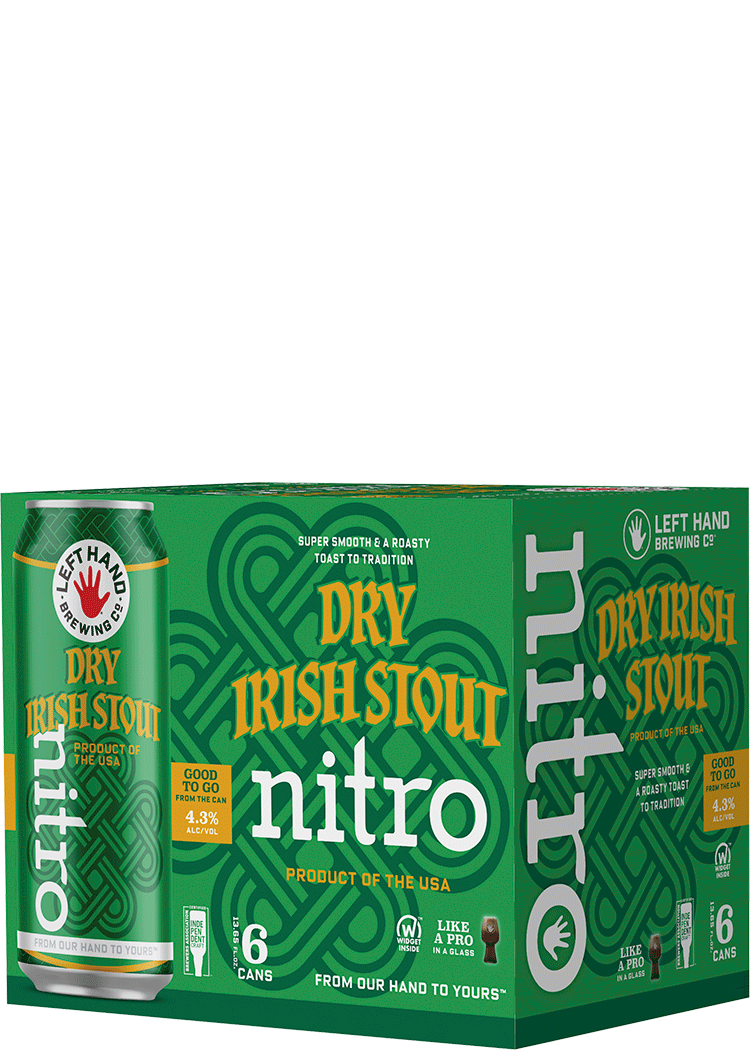Referenced today interchangeably as Dry Stout or Irish Stout, this style is inextricably tied to Guinness, although Beamish and Murphy’s are two other Irish Dry Stout brands of historical significance. The brew was first dubbed “dry” because of its distinct dry, roasty, enduring bitter flavor profile compared to many sweeter London stouts. Irish Dry Stout’s accentuated characteristics can perhaps be traced to the higher carbonate levels of Dublin’s water supply, which is nearly double that of London, and may have contributed to highlighting these flavor traits in the Guinness brewed there.
By the 1930s Guinness began using un-malted roasted barley in their recipe, which directly contributed to a dry, roasty bitterness. And in the 1950s Guinness increased the attenuation of their stout, therefore reducing the levels of sweet brewing sugars remaining in the finished beer.
While stouts with equal characteristics of dry roast were indeed brewed in London throughout this period, the reputation, or perception at least, of Dry Stout’s ties to Ireland – Irish Stout – persisted.
Look for either clear or opaque dark brown to black color in modern Irish Dry Stouts. Aroma and flavor impart dark chocolate notes along with distinct and sharp roasty, burnt, coffee-like bitterness. Noble hop bitterness is present while hop aroma and flavor are very low, and some brewers may blend in a touch of sour beer for complexity. The finish is generally smooth, bitter and dry, and the ABV is relatively low – generally in the 4 percent range – making this a truly sessionable style.

